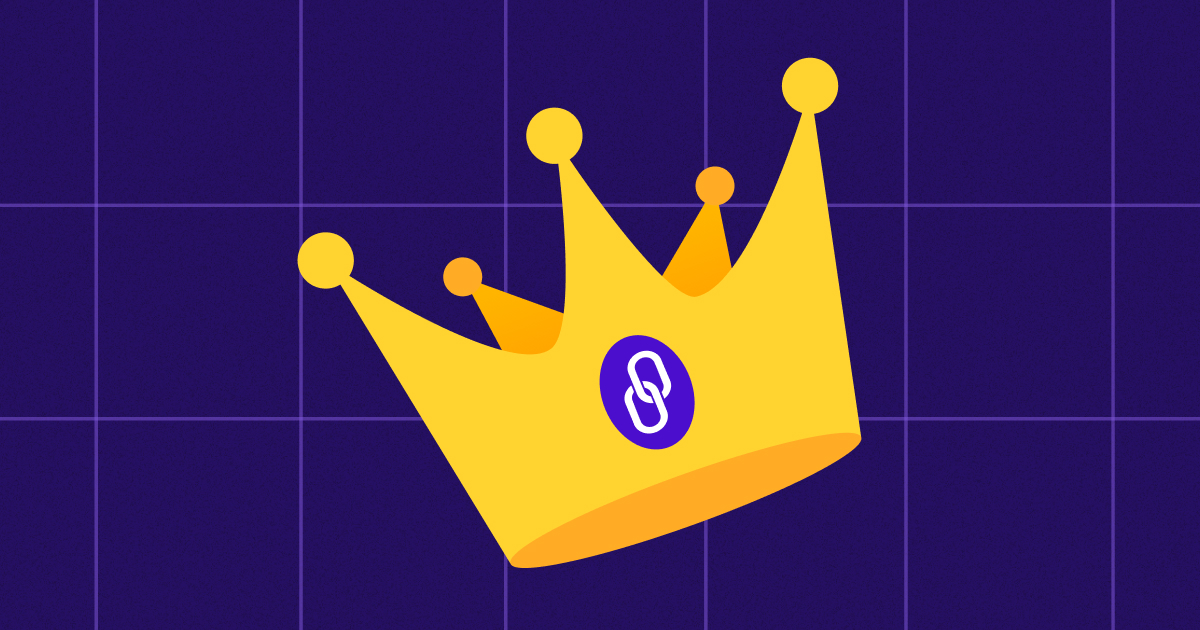
The great merger – acceleration in Gaming M&A is changing the face of the industry

It’s no secret that the recent whirlwind of Gaming studio consolidations is unlike anything we’ve seen before.
As of January 2022, Microsoft is set to acquire Activision Blizzard for a jaw-dropping $68.7 billion, and Take-Two Interactive is to acquire Zynga for $12.7 billion, both currently marked down as the two biggest deals in Gaming history.
Looking back at the past year, Codemasters, Zenimax, Next Level Games, Gearbox, Aspyr Media, New World Interactive, 4A Games, Daybreak, High Voltage Software, and Glu Mobile — all represent a portion of the intensifying M&A activity in the Gaming industry, which was off to a blistering start in 2021. To name a few of the past year’s staggering M&A activities:
- Embracer Group bought Borderlands developer Gearbox Entertainment for $1.37 billion, mobile developer Easybrain for $765 million, and porting specialist Aspyr for $450 million. (February)
- Shareholders of Codemasters approved the $1.2 billion acquisition offer from EA. (February)
- The European Commission approved Microsoft’s $7.5 billion deal to acquire ZeniMax Media, the parent company of Doom and Fallout studio Bethesda Softworks, making Microsoft the proud owner of 23 1st party game studios. (March)
- EA acquired mobile game developer Glu Mobile for $2.1 billion in enterprise value. (April)
- So far in 2021, gaming companies raised a whopping $71B in 844 deals, and the year hasn’t even come to an end yet.
2021, however, was building on what was already a record-breaking 2020. According to market research done by DDM, investments in the Gaming industry reached a new high of $13.2 billion during 2020, up 77% from 2019, and M&A deals soared to 220, marking a 33% YoY increase.
But things really started heating up in Q4 of 2020, when 75 M&A deals were announced, nearly doubling the number from Q4 2019.
The main underlying factors driving Gaming studio consolidation
Even though the Gaming industry has boomed during the pandemic, producing games has always been a risky business.
Users can be fickle, development costs have grown exponentially, competition is extremely intense, and creative concepts that seemed like a great idea early in development might have become standard once the game had been completed.
The landscape can therefore be difficult to navigate even for the most successful independent developers. A couple of good examples would be Gearbox Entertainment Co. and Insomniac Games, companies that were otherwise stable, but have also been sold in the past two years.
But enough about the ‘what’. Let’s address the ‘whys’ and review some of the main reasons behind this blazing trend:
1 – The pandemic – Consumers spending significant lengths of time at home has had a significant impact on the rise of mobile gaming, driving the industry to become the leading segment in the entertainment sector, ahead of music, sports and movies combined.
From a business perspective, Gaming companies that have enjoyed success over the past few years are putting their increased earnings to use. At the same time, small studios that thrived during the past year and a half are seizing an opportunity to sell high, and avoid what is still an uncertain economic future as the pandemic lingers.
2 – Banks and investment companies are pouring money into the economy, creating an overheated investment environment. As of September 2021, we’re not given any reason to think this trend is near its end.
3 – Studio acquisitions are a great way to secure content for subscription services. Owning original content has long been proven to be a smart and sustainable business decision, and both EA and Microsoft have clearly embraced that lesson.
4 – Larger Gaming companies have been performing extraordinarily well – Microsoft reported in its fiscal Q2 2021 earnings that gaming revenue increased 51% YoY. Consumer spending on video games has reached new heights during the pandemic, driving up revenues for Sony, Tencent, EA, Nintendo and Activision Blizzard, to name just a few.
5 – Apple’s privacy revolution – Last but not least, introduced as part of iOS 14’s opt-in mechanism, Apple’s App Tracking Transparency (ATT) framework is a highly standardized prompt where users are required to opt-in to the collection of their device identifier, rather than opt-out.
For advertisers, especially in the mobile Gaming industry, this new reality significantly limits the amount of data they can use for optimization. User level granularity they were used to is no longer applicable for most players, making it more challenging than ever before to bring about accurate targeting that drives conversions and ensures profitability at scale.
iOS 14’s data restrictions make it particularly difficult to monetize ads on larger ad platforms like Facebook, Snapchat, and Google, which have traditionally been a conversion paradise for smaller studios.
It’s true that on the one hand, measurement and attribution on iOS have fundamentally changed, introducing a string of new challenges for the industry to tackle.
But on the other hand, a few months into this journey we already know that a combination of aggregated data, predictive analytics, and continued adoption will enable the ecosystem to overcome these hurdles.
More specifically to the recent M&A trend, the consolidation move allows the mega studios to gain access to smaller studios’ user base and the 1st party data that comes with it.
For the top players, being able to execute precise cross-promotion across a growing portfolio of games and audiences is a challenge. And the complexity intensifies when having to maintain optimized budgeting for remarketing campaigns.
Quite a few of our Gaming clients have explained that in a sense, buying a studio is a form of user acquisition that comes with full data granularity. It enables them to expand their much-needed visibility into their user level data, optimize their cross-promotion and remarketing campaigns, and improve their user experience.
How so? The big studios can now cross-promote those users through Apple’s Identifier for Vendors (IDFV), which uniquely identifies a device to the app’s vendor.
Within their 1st party content empire, these studios are using marketing automation tools such as audience segmentation and personalized engagement to mitigate cross-promotion complexity.
The ability to consolidate all their massive data into one place, optimize UX, and also keep remarketing budget in check – is proving to have a significant impact on these uber studios’ ability to grow at scale.
Here are a few actionable examples for how smart audience segmentation can be applied to help studios maximize their investment in an IDFA-limited world:
- Cross-promotion – marketing app X to users from app Y based on their known preferences.
- Maximizing owned channels in a holistic way – creating tailored messaging based on in-app messages, push notifications, email, and SMS engagement.
- Optimized reach – excluding users who have already responded to a push or email campaign from seeing similar ads across other owned channels.
- Boosting retention – reaching out to users who are showing signs of imminent churn, e.g. decreasing use.

Possible repercussions
As with most things, the implications of everything we’ve discussed so far are complex and multifaceted. Let’s touch a few:
1 – Bigger studios have the money and resources to accelerate growth
Getting acquired by a mega studio usually translates to faster, more regular game updates than the smaller studios could have ever developed on their own.
2 – Independent Gaming companies are struggling to stay afloat
Just a few years ago, the Gaming industry included a healthy number of independent studios that could generate hits with fewer resources and more creative risks.
But as soon as these studios faced financial hardships and subsequent budget crunches, an unsurprising wave of acquisitions led by mega corporations – became inevitable.
3 – Going corporate could mean less creative freedom (and higher prices)
Consolidation seems like a win-win. Acquired companies can guarantee their stability, while the big studios get more content to serve a fanbase that’s hungry for new games.
But there are also costs. An industry dominated by a handful of big companies could eventually lead to creative stagnation, limited choices, and higher subscription prices.
From a creative standpoint, smaller studios could easily lose their unique identity after getting acquired by an industry conglomerate. And it’s that unique fingerprint that’s often the most appealing selling point for their die-hard fans.
Excluding exceptional scenarios (e.g. the Embracer acquisitions), where the acquired studios were contractually incentivized to promote growth initiatives, most M&As prevent the smaller studios from bringing more niche projects to life. Projects that could potentially resonate well with their loyal gamers.
4 – The gamers’ perspective
From the consumers’ standpoint, this consolidation festival isn’t necessarily a good thing, as subscription services could be a double-edged sword.
On the one hand, they give users access to a huge wealth of games for a relatively low price. On the other hand, because larger studios are acquiring content for their subscription libraries, many titles will be exclusive to a particular service.
So unless gamers are willing to part with considerable monthly sums for multiple gaming subscriptions, they’re likely to be locked out from playing many of the most compelling games in coming years.
Key takeaways
- Intensifying M&A activity in the Gaming industry was off to a blistering start in 2021, building on what was already a record-breaking 2020, where investments in the sector reached a new high of $13.2 billion (up 77% from 2019).
- The main underlying factors driving consolidation are the pandemic-fueled Gaming landscape, a red hot investment environment, and mega studios striving to increase their UA in a new privacy-centric reality.
- Possible repercussions of this trend include accelerated growth led by the big studios, an increasing number of small studios getting engulfed, limited choices, and higher subscription prices.
- For the mega studios, being able to execute precise cross-promotion across a growing portfolio of games and audiences is a challenge, and the complexity intensifies when having to maintain optimized budgeting for remarketing campaigns.
- To address cross-promotion complexity and nurture their investment, studios can leverage marketing automation solutions to segment their user base, optimize UX, and keep their remarketing budget in check, while consolidating all data into one place.





